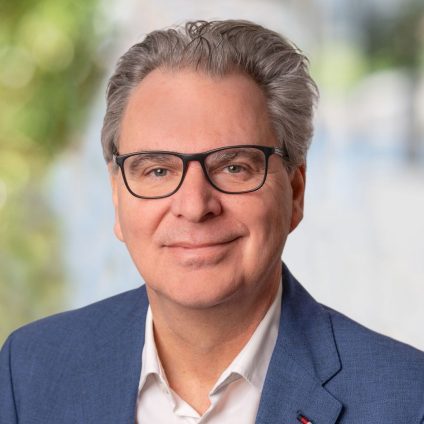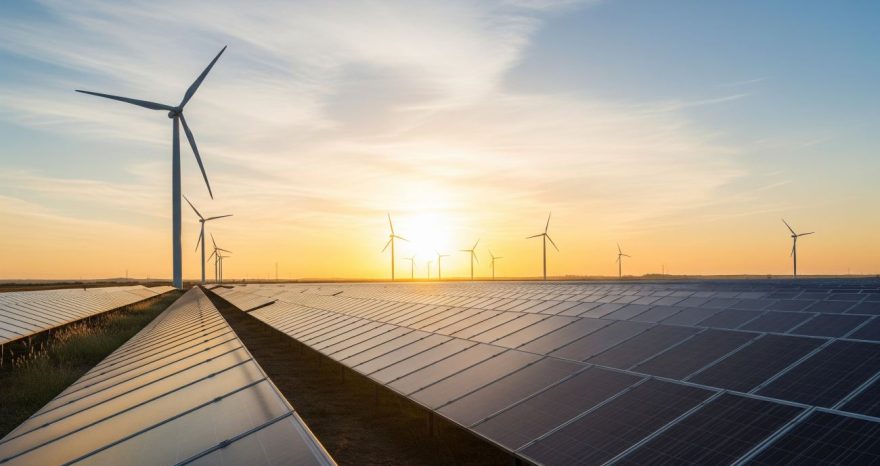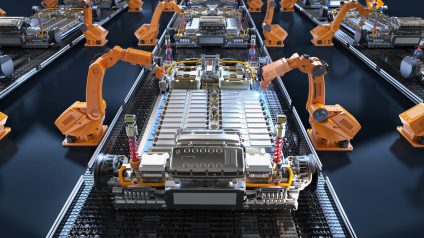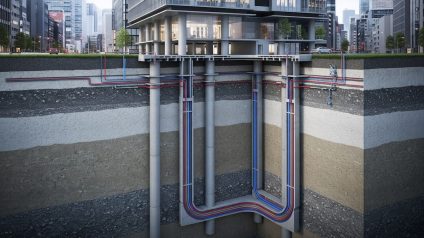Interview on solar PV hot water systems with MY-PV, now entering Italy with smart heating tech to cut energy bills and boost self-consumption
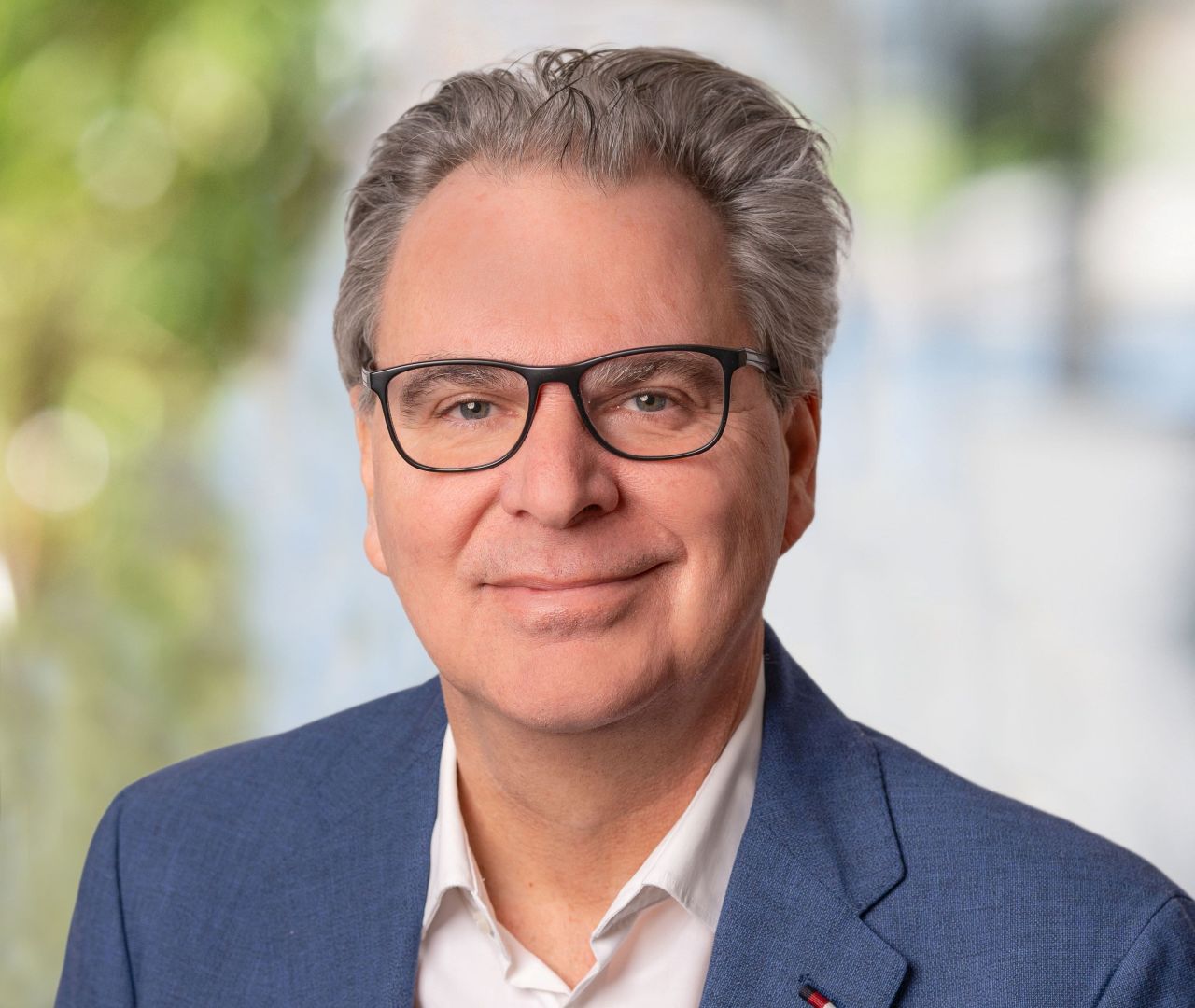
The success story of the Austrian company, now expanding into Italy, unveiled at Intersolar 2025
At Intersolar 2025, we explored the high-performance solar PV hot water systems from my-PV, an Austrian company preparing to enter the Italian market.
Ideas that challenge the status quo and drive innovation often stem from thinking differently. That’s the foundation of my-PV, a pioneer in solar PV hot water systems and direct-use photovoltaic solutions for residential heating. The company’s core philosophy is that not a single watt of solar energy should go to waste. This guiding principle is what led Gerhard Rimpler and Markus Gundendorfer to a game-changing idea.
As co-founders of my-PV, Rimpler and Gundendorfer brought their vision to the forefront at The Smarter E Europe 2025, the continent’s most important clean energy trade fair. We had the opportunity to speak with Andreas Kaiser, International Sales Director at my-PV, who shared the company’s outlook on the future of solar energy and their strong interest in the Italian market.
Before we get into your innovative solutions, can you tell us about the origins of my-PV and the ambition behind the project?
In 2011, Gerhard Rimpler, now the company’s majority shareholder, co-founded my-PV alongside Markus Gundendorfer. Both had been working in the photovoltaic sector long before the company’s inception. At a certain point, they realized it was time to focus on how solar electricity could also be used for heating domestic hot water by managing PV surplus.
At the time, many in the industry dismissed the idea. Solar energy was still relatively expensive, and using it for space and water heating seemed wasteful to some. Critics said it would never work. But Rimpler and Gundendorfer were convinced otherwise. They began attending trade fairs, visiting companies, and engaging early adopters. Slowly, the first clients came on board.
Today, both founders, along with the entire my-PV team, are proud of what the company has achieved. my-PV has built a strong presence in the “DACH – region” (Germany, Austria and Switzerland) , and continues to expand internationally. Italy is now one of our top priority markets, and we are ready to bring our solutions here.
What are the advantages of solar PV hot water systems compared to solar thermal or traditional systems? And how does your ELWA device technically ensure hot running water at home?
Solar thermal is expensive and resource-intensive. It requires copper piping, heat exchangers, and frequent maintenance. It also depends heavily on clear skies to operate effectively. In contrast, solar PV is much more cost-efficient, requires no maintenance, and can still produce energy even on cloudy or rainy days, though at reduced output. So the benefits are significantly greater.
Our ELWA device uses all available photovoltaic power, between 0 and 2000 watts, to maintain the desired water temperature in the boiler. And when the sun isn’t shining or a backup is needed, the device can rely on optional grid electricity.
Additionally my-PV is offering nowadays the SOL•THOR, a 0 to 3.6 kW linearly regulated DC Power Manager for photovoltaic heat. With this product you can use your installed immersion heater, which is a benefit of our new product for autonomous use of photovoltaic power for heating purposes.
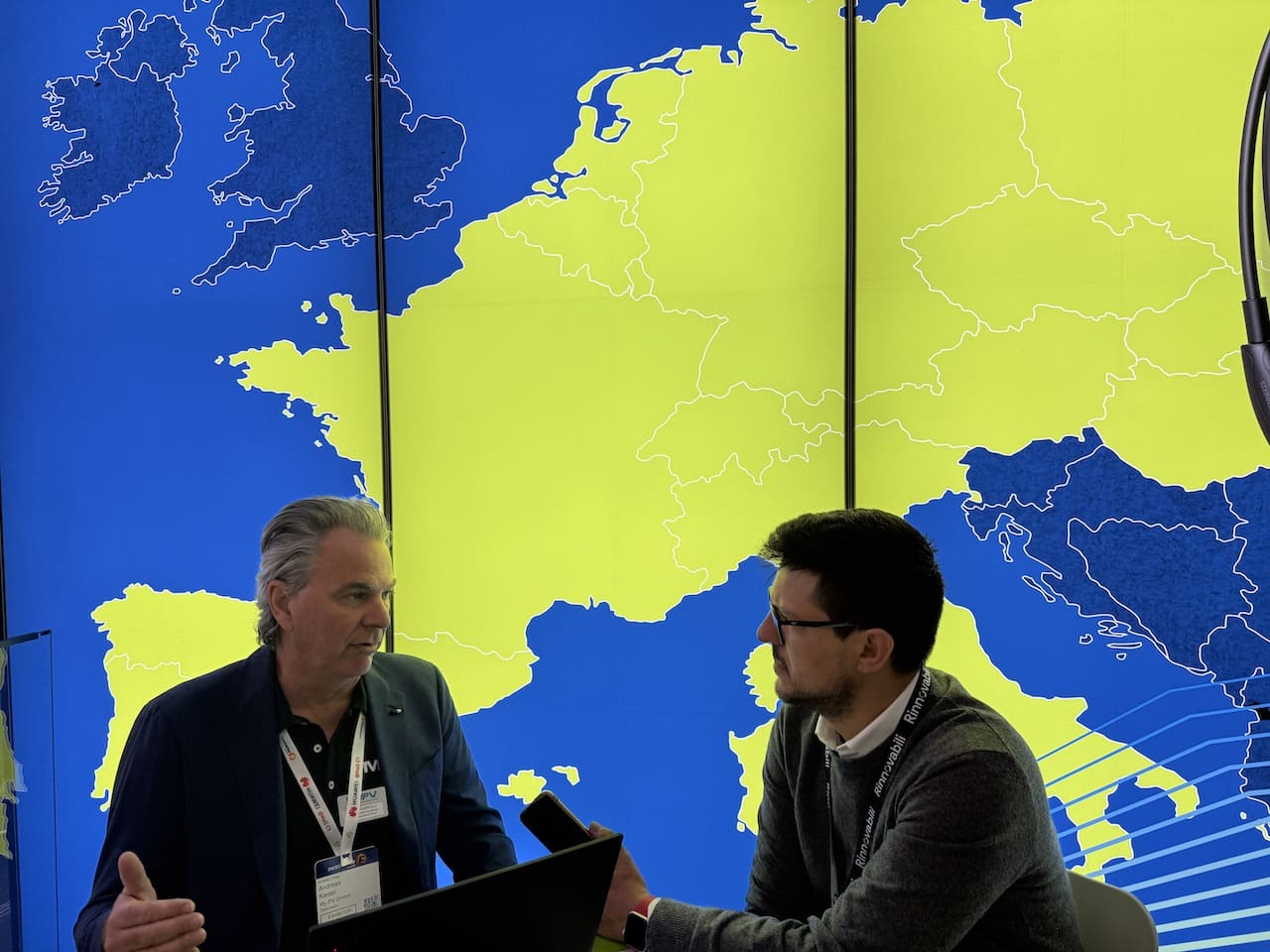
Your AC ELWA 2 device is a power controller with other important features. How does it help boost solar self-consumption and ensure hot water even in bad weather?
The concept is based on diverting surplus photovoltaic energy in grid-connected systems toward domestic hot water. Today, the price for exporting excess energy to the grid is extremely low in many countries, and continues to drop, compared to the price paid to buy electricity from the utility. The AC ELWA 2 allows you to use surplus energy, up to 3500 watts, in a more economical way than battery storage.
One key advantage is that the device performs linear power control, a feature many competitors lack. That’s a big plus for end users.
In Italian homes, gas heating is often still in place. How does your AC•THOR device integrate into these systems to maximize solar self-consumption for both hot water and space heating?
Our AC•THOR connects to an immersion heater. The concept of using solar PV self-consumption is similar to the AC ELWA 2, but the difference lies in the system type. AC ELWA 2 is an all-in-one unit that includes a heating element, whereas AC•THOR does not.
In this setup, gas heating should only activate to maintain a minimum temperature, especially during winter months.
When AC•THOR works alongside a battery, how does it decide whether to charge the battery or use solar surplus immediately to heat water or space?
In general, we prioritize charging the battery. Once the battery is full, the system automatically redirects the surplus to thermal storage. This typically happens between noon and 2 p.m., when batteries tend to be fully charged, and plenty of energy is available for heating water. This approach increases the self-consumption rate by around 20 to 30 percent, depending on the number of installed panels.
One more smart solution from my-PV is the my-PV WiFi Meter. How does it interface with your systems, especially in the presence of rapid fluctuations in solar production or household demand?
Both the AC ELWA 2 and AC•THOR require a meter to measure solar surplus. This can be our own my-PV WiFi Meter or any of over 80 compatible third-party meters, a key strength of my-PV. We offer an open system, which is a real advantage for customers.
If the PV inverter’s own meter is not compatible, users can simply install our my-PV WiFi Meter to enable accurate surplus detection.
For households without solar panels, my-PV recently introduced the HEA•THOR IoT, showcased at Intersolar Europe 2025 and soon to be available in Italy. It leverages dynamic pricing to use renewable electricity at the best times. How does it work?
This is one of our newest products, expected to launch in the second half of 2025. We’re very proud of it because it reflects the strategic effort behind our innovation roadmap.
HEA•THOR IoT is an IoT-based heating element connected to our cloud functionality called my-PV DTO, or Dynamic Tariff Optimizer. In Italy as well, dynamic electricity tariffs are becoming increasingly common. HEA•THOR IoT, available in 3 kW and 9 kW models, draws energy from the grid whenever the price per kilowatt-hour is at its lowest. my-PV DTO knows the rates a day in advance, giving users a significant opportunity to reduce energy bills.
The solar PV industry is evolving fast. How does my-PV stand out from the competition?
We have a clear differentiation strategy, deliver premium quality. For us, quality is a high-value asset. We are a premium manufacturer, and innovation is part of our DNA.
Another key to our success is customer support. We provide reliable assistance at every level of our distribution network, which is essential for long-term business relationships.
How important is electrifying energy consumption to Europe’s energy transition? What role can my-PV technology play in achieving 2030 goals?
In my opinion, it’s absolutely essential. Electrification is at the heart of Europe’s energy transition. It plays a critical role in achieving climate neutrality, reducing dependence on fossil fuels, and integrating renewable sources.
And how can we contribute? The answer is simple, by increasing self-consumption. Our products are used in regions with sub-50°F climates as well as in hot areas like Australia, where our systems power an avocado farm.
Finally I would like to point out, that we see huge potential for growth in solar PV hot water systems in Italy. Italy ranked in the Top 10 countries for annual and also cumulative installed capacity worldwide in 2024.


